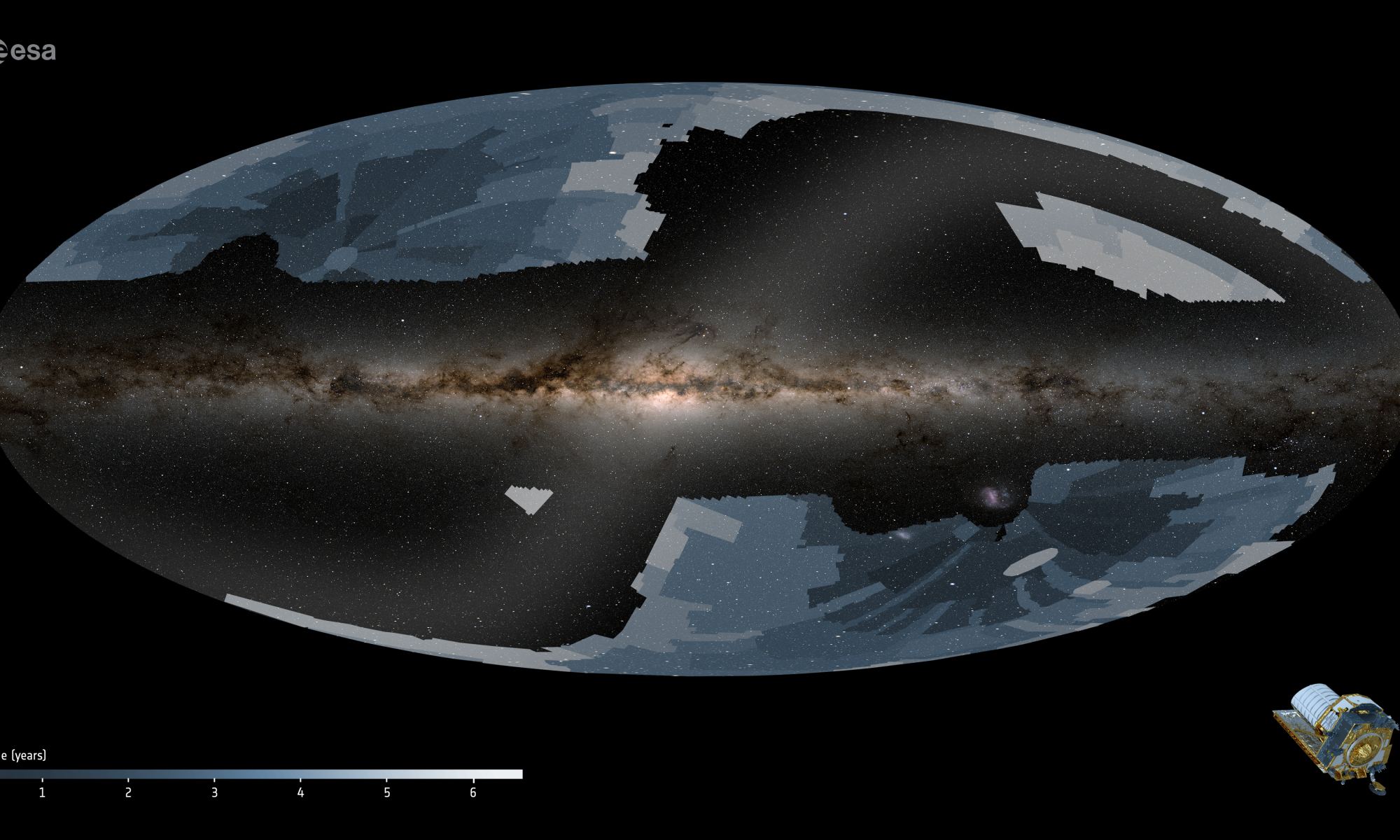On July 1, 2023, the Euclid Spacecraft launched with a clear mission: to map the dark and distant Universe. To achieve that goal, over the next 6 years, Euclid will make 40,000 observations of the sky beyond the Milky Way. From this data astronomers will be able to map the positions of billions of galaxies, allowing astronomers to observe the effects of dark matter.
There have been several galactic sky surveys before, but Euclid’s mission will take them to the next level. Euclid is equipped with a widefield imaging system. With each 70-minute exposure of the dark sky, it will capture the image and spectra of more than 50,000 galaxies. When it is complete, the Euclid survey will be the most detailed survey of galactic positions and distances. The mission will also make several deep sky observations, where it focuses on the most distant and dim galaxies.

One of the mysteries Euclid could answer is the nature of dark energy. The standard model of cosmology describes dark energy as a property of space and time. A cosmological constant that drives cosmic expansion. But some theories of dark energy argue that it’s an energy field within space and time, and that cosmic expansion isn’t constant. Euclid will study whether cosmic expansion varies, allowing astronomers to constrain or rule out certain models. The mission will also look at how dark matter distorts galaxies, allowing us to learn more about the properties of dark matter and how it interacts with regular matter.
The Euclid mission officially began its survey on Valentine’s Day and will complete about 15% of its survey this year. An initial deep sky data set will be released in Spring 2025, and data from the first year of the general survey will be released in Summer 2026.
You can read more about the Euclid Mission on ESA’s website.


I’m a big fan of big surveys. The eROSITA survey just released its gamma ray survey. With just half of the first years data (Russia sits on the other half) they confirm LCDM with a flat space as their best model and oppose the weak lensing surveys that deviates from LCDM clumping.
But they also get the smallest sum of neutrino masses and almost rejects the inverse ordering of the masses. So we have new neutrino physics result, supporting leptogenesis as the cause for matter/antimatter symmetry breaking by almost settling the normal vs inverse ordering question! They should soon be able to put up more results from the now finished survey.